Text
3rd time riding and went for a trail ride!
3 notes
·
View notes
Text
Old art, be it through paintings, mosaic walls or statues, always give us a great image of the horses and their usage in older times.
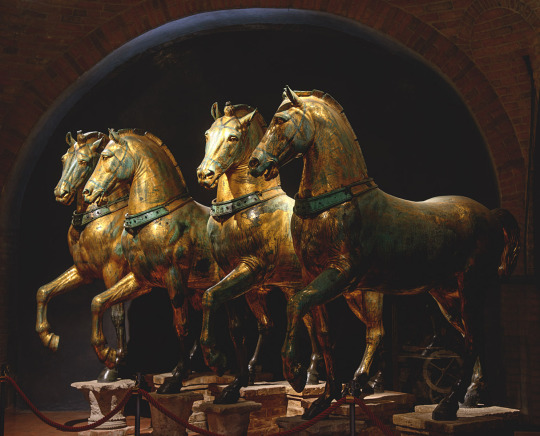


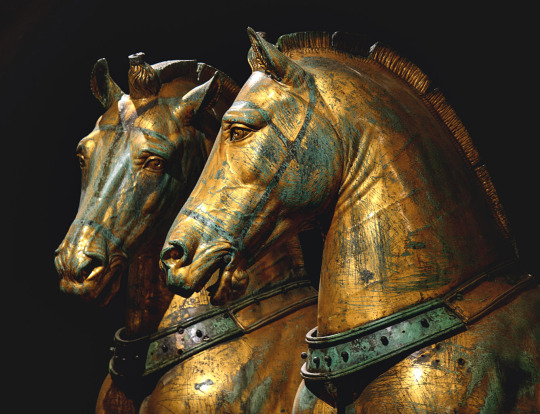
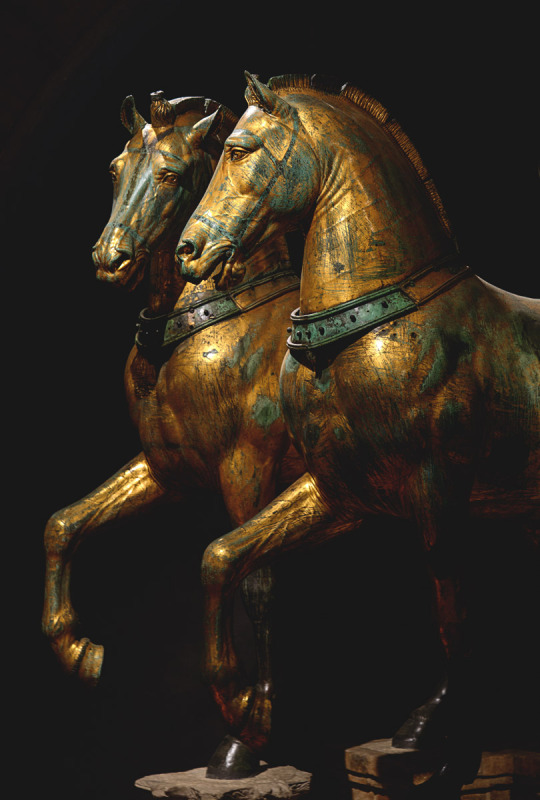
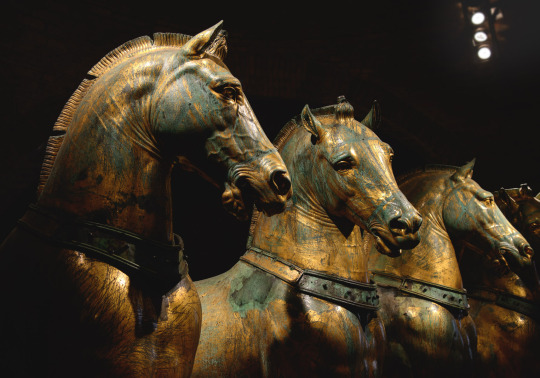
~ “Horses of Saint Mark”.
Date/Artist: Attributed to the Greek sculptor Lysippos, 4th century B.C.
Medium: Bronze
Provence: Venice, Basilica of St. Mark (Basilica di San Marco).
3K notes
·
View notes
Photo
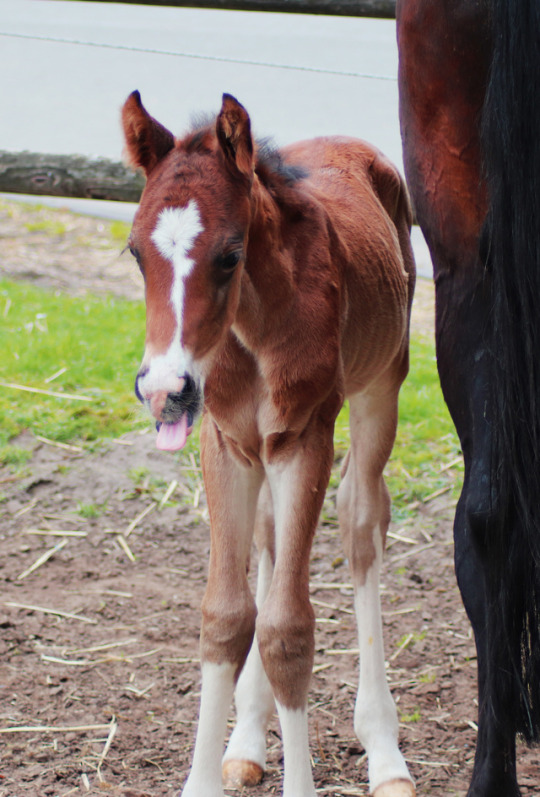
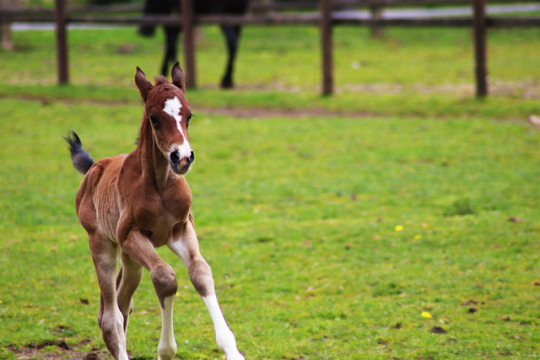
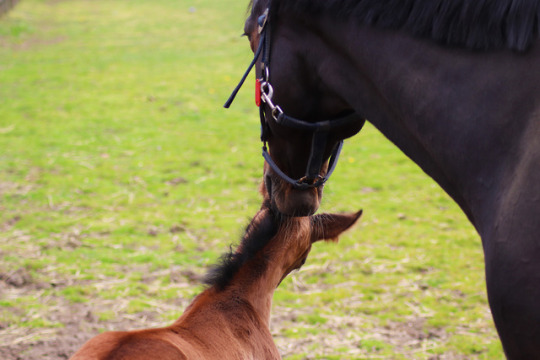




17th of April 2019
Bellagios 3rd day on Earth
#horses of tumblr#westfale#westphalian#sporthorse#dressage#dressur#dresuur#warmblut#warmblood#bay#white spotting#Benicio#Belissimo#Show Star#Sandro Hit#Renoir#classical#horsemanship#horses#equines#photography#equestrian#foal#colt#stallion#brauner
15 notes
·
View notes
Photo
I know it’s not Christmas but damn, such nice pictures <3









Christmas Horsies
2K notes
·
View notes
Photo


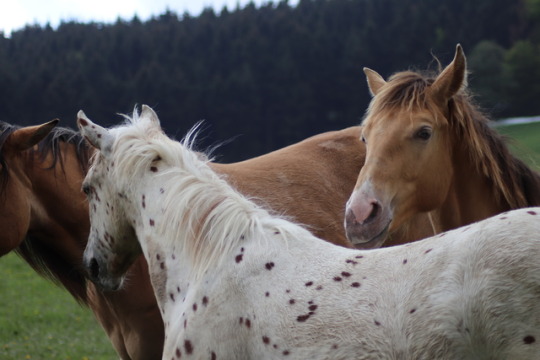
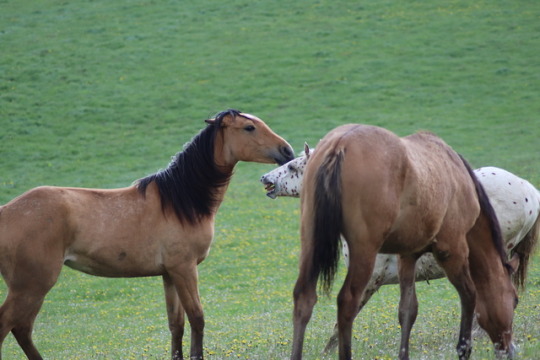
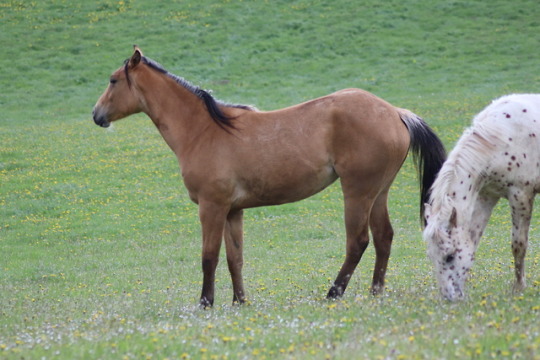
Why is it so important for horses, especially young ones, to live in a big mixed group with loads of space?
First of all the obvious, movement in fresh air. To be able to run around all day, play and eat makes sure not only the bones and tendons but also inner organs such as the heart and lungs develope in a healthy manner, horses who preddominantly live inside often have issues in the respiratory system and, thanks to not being able to move properly and often have too long breaks in between meals have bowl issues.
Second is one many horse-owners forget about. Mental health and “nurturing/education”. All horses are herd animals. Every horse needs a herd but not every herd is suitable for every horse and vice verda.
It is of extreme importance, especially with young horses. They learn how to be a horse, how to accept boundaries and how to properly communicate. How to be polite but persistant if need be.
You can see this very well in these immages. In the first one you can see that both my girl(the one in the middle) and the appaloosa are trying to appease an older horse by “foal biting”, basically very open chewing. This both signals that they mean no harm but also says “Please don’t hurt me.”. The young ones are meeting that older horse(OH) for the first time.
On the second picture the OH signals that it is not interested and is in fact bothered by two younglings shoving their faces at OH and giving OH no real space.
My girl understood that warning per simple facial expression and backed off but the Appaloosa still didn’t give up until OH got a bit more persistant. OH did not get physical (aka did not bite or kick) but clearly showed in its whole demeanor that that would most likely be the next step. Now the little thick head understood and everyone was at peace.
Boundaries were sat, the situation was over and they all continued grazing peacefully next to each other. (something we should always keep in mind when setting boundaries as well. Never should we get resentful when working with horses)
Experiences like this are vital for whatever you would like to do with your horse in the future. Just like with other animals, horses need to learn from other horses how to behave first before they can learn to understand humans. This is the foundation for everything that follows.
On the other hand, social interaction obviously results in happier horses. They are herd animals, and even stallions(who in the wild usually live in small groups away from mares and their foals) need social interaction for their mental health.
#horse#aqha#appaloosa#quarterhorse#americanquarterhorse#horses of tumblr#quarter horse#american quarter horse#filly#mare#colt#meadow#equinehealth#horsemanship
1 note
·
View note